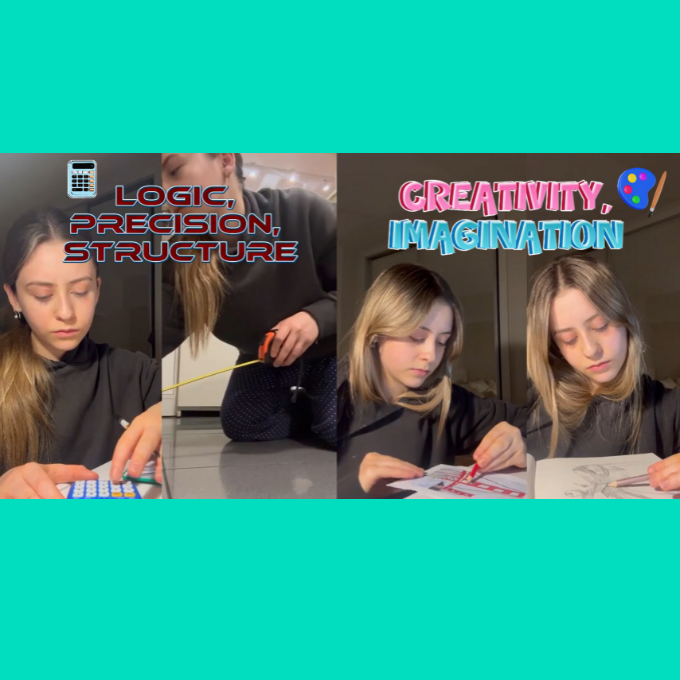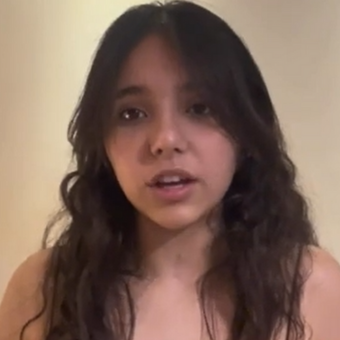

How can errors in maths lead to fatal design failures? Why is weight one of the most vital aspects of a Formula 1 car? Can you tell if your honey is pure by adding it to water? And is there really a way to biologically modify humans to create superhumans?
From translating theories about DNA and the benefits of using biomaterials to sharing how to make a pinhole camera and understanding what silence really is, students at ORT schools globally have impressed judges in this year’s World ORT STEM Communication Award with their straightforward explanation of complex scientific information.
The students, who have a passion for science, technology, engineering or math (STEM) and could enter individually or as a pair, were judged on their engagement, quality of information, topic selection and creativity.
There were dozens of entries in two categories, 14- to 16-year-olds and 17- to 19-year-olds. Entries came from ORT schools in countries including Argentina, Brazil, France, Bulgaria, Mexico, Italy, Kyrgyzstan, Panama, Peru, and Ukraine. The winning students came from four countries: Argentina, Brazil, Bulgaria and Kyrgyzstan.
Entrants had to film themselves, in a five to ten-minute video, conveying their understanding of a STEM concept or their ability to clearly explain, to a non-specialist audience, a complex current issue related to this field.

As well as providing the opportunity for students to develop experience of deeper scientific research, the World ORT STEM Communication Award nurtures the development of softer skills, such as teamwork, problem-solving, creative thinking and public speaking among its students.
Pupils from ORT Argentina were awarded first, second and third place in the 17-19 age category as well as being the runners-up.
In first place was Sofía, with the video titled STEM is the Blueprint, while in second place came Alon with his video You Know Aerodynamics? Every Pilot Learned This Wrong. In third place were Solana and Violeta, the duo behind the video titled The curiosity killed the cat… or not?, while runner-up Ignacio submitted Are we consuming experiences… or consuming addictions?

Pupils from ORT Argentina also won first and second place in the 14-16 age category; Julia and Sofía with their video, Every Screw Counts: Anatomy Of An F1 Car, and Luana and Maga with Biomaterials, respectively. In joint second place was Emanuela from Dimcho Debelianov ORT Jewish School in Bulgaria, with her video, Honey: A Blend of Nature and Science.
In joint third place were four sets of students from ORT Argentina: Ada with her video Decode Life: CRISPR, DNA and the Next Scientific Revolution, Flor and Mathias with The Universe Fits in a Box, Ruby and Sophie with The Science of Silence and Dora from Escola ORT Brazil with Let’s Make A Pinhole Camera.
Students from ORT Argentina and Pri Etz Chaim Semi-Private Jewish School in Kyrgyzstan were runners-up: Julieta with her video Are you really hungry or you just want to eat? and Egor with Optical Remote Control System for Machinery, respectively.
A total of $1,500 prize money was awarded to entrants.

World ORT’s Head of Education, Daniel Tysman, said: “These awards challenge ORT students to dig deeper, to find new and creative ways to communicate their own understanding of STEM topics to others.
“We received many high-quality entries, from students with remarkable communication skills, who inspired us and, we hope, will encourage other students to showcase their talents to a global audience by entering this competition next year.”
Click here for a list of winners and links to their videos.